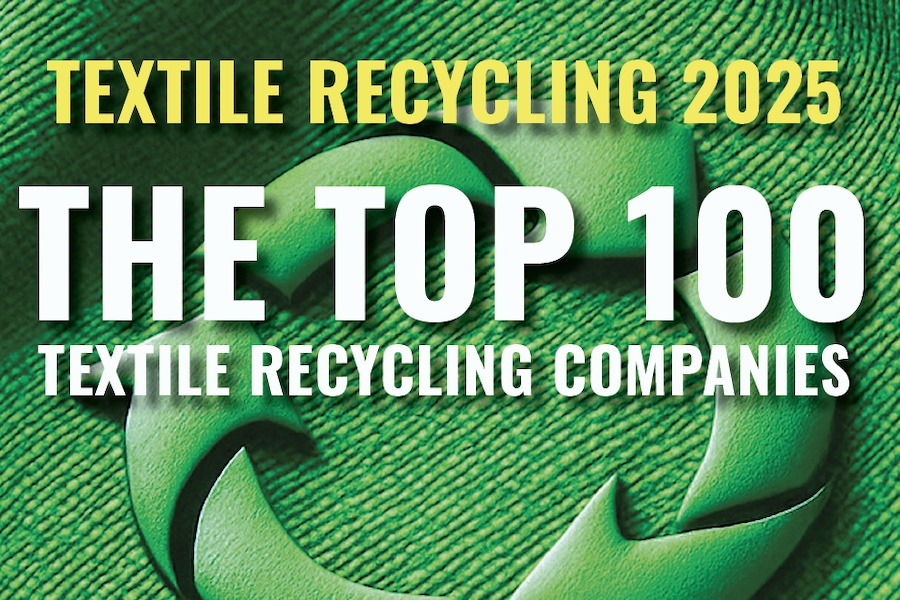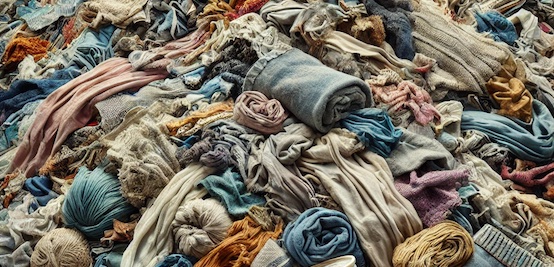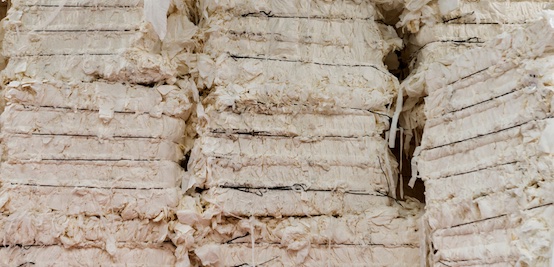#Market Analysis & Forecasts
Worldwide Cellulose Fibers Industry to 2026 - Featuring Daicel, Grasim Industries and Lenzing among others
The global cellulose fibers market exhibited strong growth during 2015-2020. Looking forward, the publisher expects the market to grow at a CAGR of around 9% during 2021-2026.
Companies Mentioned
• CFF GmbH & Co. KG
• China Bambro Textile (Group) Co. Ltd.
• Daicel Corporation
• Eastman Chemical Company
• Fulida Group Holdings Co. Ltd.
• Grasim Industries Ltd.
• Kelheim Fibres
• Lenzing AG
• Sateri Holdings Ltd.
• Shandong Helon Textiles Sci. & Tech. Co. Ltd.
• Tangshan Sanyou Xingda Chemical Fiber Co. Ltd.
• Zhejiang Fulida Co. Ltd.
Keeping in mind the uncertainties of COVID-19, we are continuously tracking and evaluating the direct as well as the indirect influence of the pandemic on different end use industries. These insights are included in the report as a major market contributor.
Cellulose fiber refers to a natural or artificial fiber that is manufactured using wood pulp. It can also be produced using esters of leaves, wood and barks of the plants and other plant-based materials. The other natural fibers are obtained from cotton, jute, flax, hemp and ramie, whereas artificial fibers majorly include lyocell, viscose and modal. These fibers are extremely light-weight and exhibit high moisture absorbency and strength, owing to which they are majorly used for manufacturing fabrics, home textiles, biocomposites, polymer composites and chemical filters.
Significant growth in the textile industry across the globe is one of the key factors driving the growth of the market. Furthermore, increasing environmental consciousness has facilitated the demand for biodegradable fabrics, which is acting as another major growth-inducing factor. Cellulose fibers are primarily manufactured using wood pulp, which is skin-friendly, biodegradable and environment-friendly in nature, owing to which they are widely adopted in the textile industry. Additionally, increasing product utilization for manufacturing industrial textiles, such as curtains and upholstery, along with advancements, such as the utilization of cellulose nanofibrils (CNFs) and cellulose nanocrystals (CNCs) to enhance the mechanical properties, biocompatibility and biodegradability of cellulose fibers, is creating a positive impact on the market growth. Other factors, including the implementation of favorable government policies promoting the use of plant-based sources in place of petrochemicals, coupled with expanding industrial applications, easy availability of raw materials, and cost-effectiveness of these fibers, are projected to drive the market further.
Key Topics Covered:
1 Preface
2 Scope and Methodology
3 Executive Summary
4 Introduction
4.1 Overview
4.2 Key Industry Trends
5 Global Cellulose Fibers Market
5.1 Market Overview
5.2 Market Performance
5.3 Impact of COVID-19
5.4 Market Forecast
6 Market Breakup by Fiber Type
6.1 Natural Cellulose Fibers
6.1.1 Market Trends
6.1.2 Major Types
6.1.2.1 Cotton Fibers
6.1.2.2 Jute Fibers
6.1.2.3 Wood Fibers
6.1.2.4 Others
6.1.3 Market Forecast
6.2 Man-made Cellulose Fibers
6.2.1 Market Trends
6.2.2 Major Types
6.2.2.1 Viscose Fibers
6.2.2.2 Lyocell Fibers
6.2.2.3 Modal Fibers
6.2.2.4 Others
6.2.3 Market Forecast
7 Market Breakup by Application
7.1 Apparels
7.1.1 Market Trends
7.1.2 Market Forecast
7.2 Home Textiles
7.2.1 Market Trends
7.2.2 Market Forecast
7.3 Medical and Hygiene
7.3.1 Market Trends
7.3.2 Market Forecast
7.4 Others
7.4.1 Market Trends
7.4.2 Market Forecast
8 Market Breakup by Region
9 SWOT Analysis
10 Value Chain Analysis
11 Porters Five Forces Analysis
12 Price Indicators
13 Competitive Landscape
13.1 Market Structure
13.2 Key Players
13.3 Profiles of Key Players
For more information about this report visit:
https://www.researchandmarkets.com/r/mse8b5









canva-900-1.jpg)




